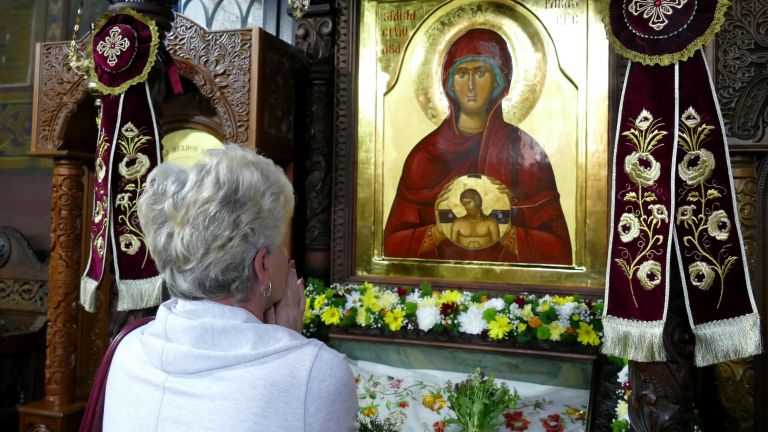Cakes made with honey and named after the saint are made
Today the Bulgarian Orthodox Church honors the memory of the Venerable St. Paraskeva – Petka Epivatska, also called Petka Tarnovska or Bulgarian.
Petkovden is a holiday in honor of St. Petka, who lived in the late 10th and early 11th centuries. She is one of the most beloved and revered saints not only in Bulgaria but in the whole Orthodox world.
The saint is known for her wonderful monastic and ascetic feats in the Holy Lands of Palestine and completed her earthly journey in her native Epivat, where her incorruptible relics performed numerous miracles. Apart from his pious life and his miraculous relics, for the all-Orthodox homage to St. Petka is also very important for its name, which means “Friday” in Greek. This is the day of the Savior’s crucifixion. The nun St. Paraskeva is often depicted on icons and murals, along with St. Sunday, in royal robes – a symbol of the Resurrection on Sunday.
The exaltation of the posthumous glory of St. Paraskeva is also connected with the Bulgarian kingdom. When the Eastern Roman Empire fell under the rule of the Latins (after 1204), the relics of the Reverend Petka were transferred from Epivat to Tarnovo / today’s Veliko Tarnovo /. This happened in 1238 – during the reign of Tsar Ivan / John / Assen II and Patriarch Joachim. The holy relics remained in Tarnovo until the fall of the Bulgarian capital in 1393. After that they were transferred to the still free Bdin, the capital of the Vidin kingdom. When the Ottomans conquered this fortress as well, in 1396, the relic was moved again – this time to Belgrade. After the final conquest of the Serbian lands under Sultan Suleiman the Magnificent, the relics of the saint were transferred to Constantinople. This happened in 1521.
With the blessing of the Ecumenical Patriarch Parthenius, on June 13, 1641, the relics of St. Petka were transferred to the newly built church “St. Three Saints” in Iasi. The temple was built during the reign of King Basil Lupu and was consecrated by the Moldovan Metropolitan Barlaam. In this church they were kept in the Gothic hall of Vasily Lupu. A fire broke out in this chapel, but the relics of the saint miraculously remained unharmed. On December 27, 1888, with the blessing of Metropolitan Joseph, the relics of St. Petka were transferred to the new metropolitan cathedral in Iasi, where they are to this day.
The holiday in honor of St. Petka – Petkovden, is considered the end of summer and autumn, and thus the active business cycle. The people celebrate Petkovden as the beginning of the winter holidays. Sacrifices, gatherings and services for health and fertility are traditionally made.
In some areas, Petkovden is a women’s holiday. Cakes made with honey and named after the saint are made. After the liturgy, the oldest woman slaughters a rooster or a hen, from which a sacrifice is boiled, and this takes place on a high place or near a spring with healing water, indicated by the saint. The priest consecrates the sacrifice and the women’s feast begins.
–


